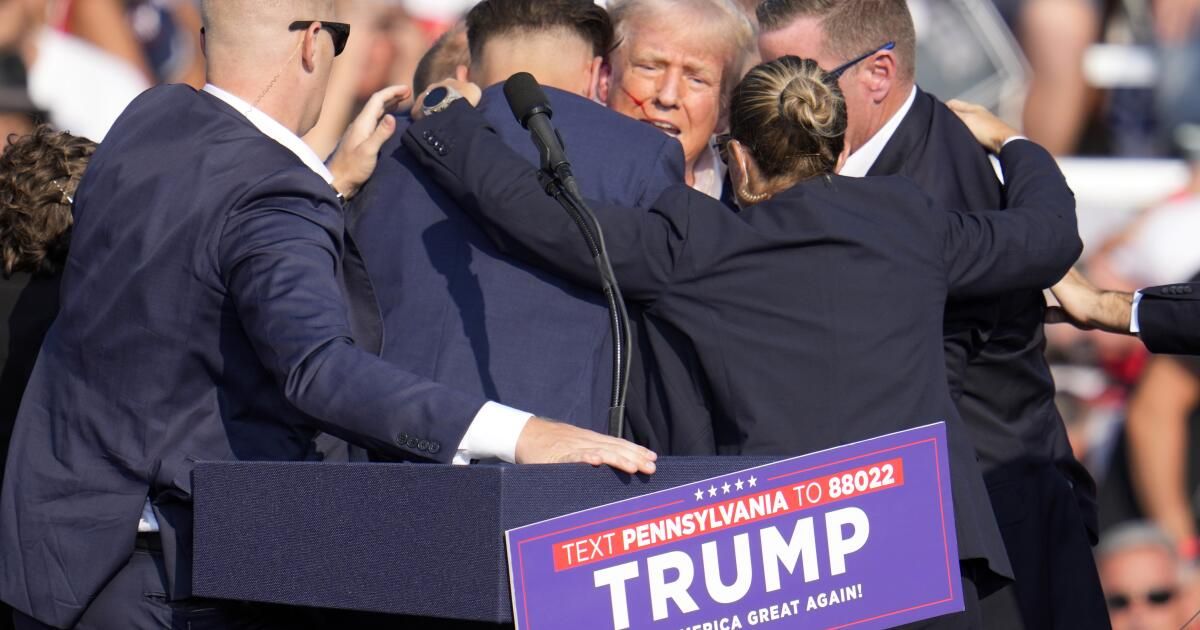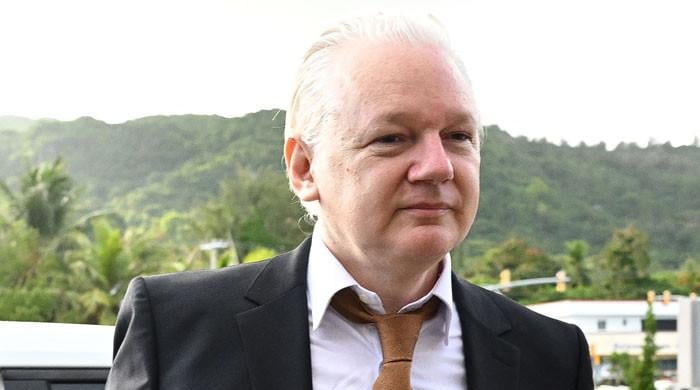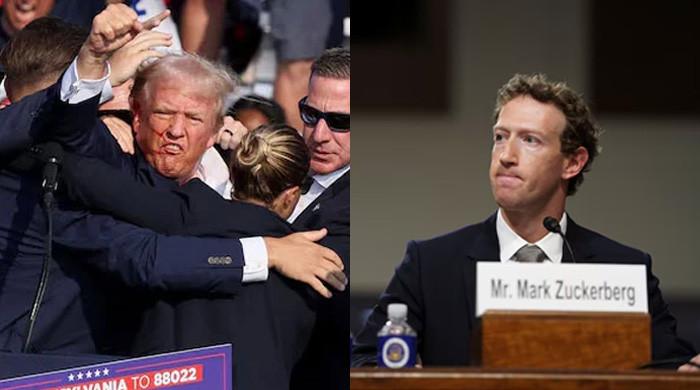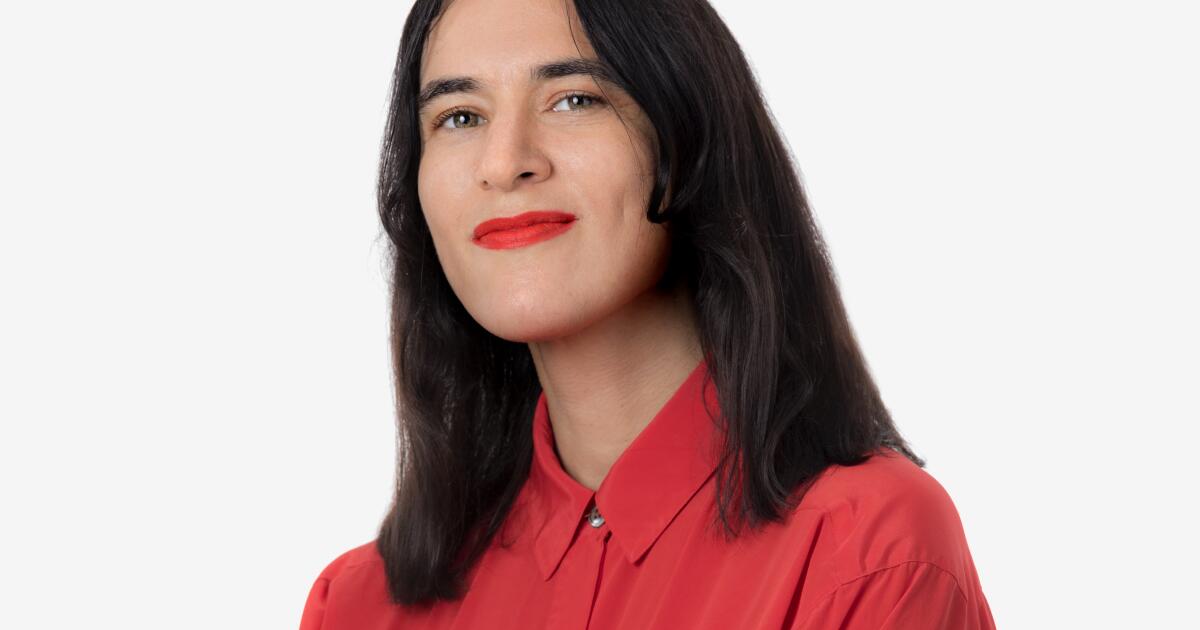The attempted assassination of former President Trump at a rally in Pennsylvania on Saturday almost immediately gave rise to conspiracy theories on the internet that experts say will influence how the nation addresses the shocking act of political violence.
The attack on Trump marks the first time in decades that someone has attempted to take the life of a presidential candidate. While previous assassinations — notably that of President John F. Kennedy in 1963 — have given rise to conspiracy theories, the rise of partisan social media allows such claims to spread quickly and in unexpected ways.
Claims about Trump’s shooting typically come from random social media users — writers casting aspersions or seeking to assign blame based on their place in the country’s intensely polarized political landscape.
The conspiracies formed two now-familiar camps: one that blamed the “deep state” for what happened, the other that claimed without evidence that the shooting was not what it seemed.
“It looked like a staged event,” wrote one social media user.
But even some elected officials joined the campaign with false claims. “Joe Biden sent the orders,” Rep. Mike Collins (R-Ga.) wrote on X, the social media platform.
Some claim that his own investigative work exposed the conspiracy theories.
“What I always find interesting about moments like this is that digital detectives, whether they're regular people or politically motivated online trolls…we're all looking in the same place for reliable, true, and correct information,” said Joan Donovan, a professor of journalism and emerging media studies at Boston University and founder of the Institute for Critical Internet Studies. “I think the hardest thing for ordinary people is finding verified information that they can use.”
Today's media ecosystem has primed users to feed on fast-moving and often unverified information, said Michael Spikes, a journalism professor at Northwestern University. And as news outlets close across the country, there are fewer sources to verify breaking news events.
As a result, people turn to social media platforms immediately when a news story breaks. Nearly half of all TikTok users say they get their news through the app, according to the website. Pew Research Center. Occasionally, items that at first appear unverified are later confirmed, such as a video circulating on the Internet message board 4chan that was later confirmed to identify the shooter, Donovan said.
But the purpose of information spread on social media is not always to inform as much as to incite reactions, Spikes said.
“When you have that information overload, your own ability to reason shuts down because your brain just thinks: this is too much,” he said. “An individual person can’t watch hundreds and hundreds of videos of what happened and … make sense of it. All we can do is react to what we’ve seen.”
“We are evolutionarily programmed to seek out information when we are afraid … to basically understand the nature of the threat,” said Erik Nisbet, a professor of policy analysis and communication at Northwestern University. “And this is where conspiracy theories like this will take advantage of that kind of emotional reaction.”
On Saturday night, a pair of concerted theories emerged. In one, voiced by several prominent conservatives, the belief that Trump is a threat to democracy, often floated by the left, made him an easy target.
“Today is not an isolated incident,” Ohio Republican Sen. JD Vance, one of Trump’s vice presidential candidates, posted on X. “The central premise of the Biden campaign is that President Donald Trump is an authoritarian fascist who must be stopped at all costs. That rhetoric directly led to the attempted assassination of President Trump.”
Other social media users pointed to a statement Biden made earlier in the week, when he was trying to calm media attention surrounding his debate performance, saying, “It’s time to put Trump in the spotlight.” Others falsely claimed that Trump’s security had been reduced.
“There is a false claim that a member of the former President’s team requested additional security resources and that they were denied. This is absolutely false,” Anthony Guglielmi, chief of communications for the U.S. Secret Service, wrote on X. “In fact, we added resources, technology, and protective capabilities as part of the increased pace of campaign travel.”
Political leaders sought to quell the rising tide of conspiracy theories, even as others in their ranks fanned the fervor.
“This morning, rise above the hate, the vitriol, and the simplistic ideas that fuel violence. We all want a world where respect is paramount, family comes first, and love transcends,” former first lady Melania Trump said in a statement. “We can make this world real again. Each of us must demand to have it back. We must insist that respect once again be the cornerstone of our relationships.”
Meanwhile, the former president's son, Donald Trump Jr., opted for a more passionate post on X: “The Democrats and their friends in the media knew exactly what they were doing with the 'literally Hitler' nonsense!”
Heated opinions online create a breeding ground for further division and possible violence, Nisbet said.
“We see each other as enemies, not as fellow Americans,” Nisbet said. “If the other side is immoral, is inhumane, is an existential threat to us and our country, then it is morally acceptable to take violent action against them.”
One of the main drivers of political violence is perception: how violent each side thinks the other is, Nisbet said.
“[It] “It becomes a self-reinforcing spiral,” Nisbet said. “I think the other side is more violent, I engage in violent acts and the other side thinks I’m violent. And this is really dangerous for our democracy.”












